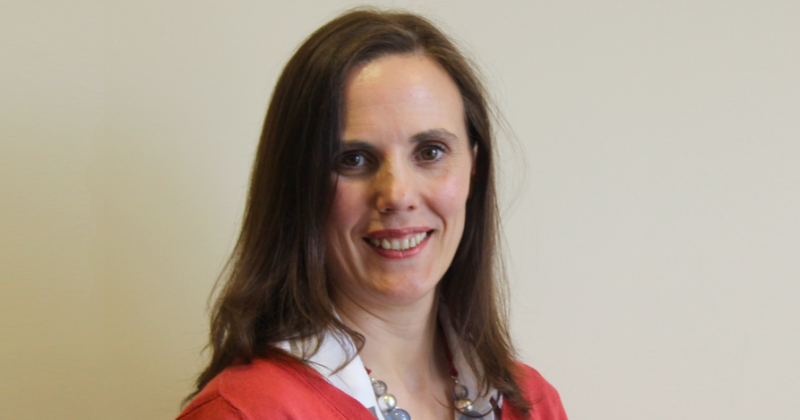Restrictions on the use of smartphones in schools can heavily reduce pupils’ overall screen time, suggests new research.
Polling also seems to show tougher policies aren’t harder to enforce – contrary to claims.
The research by The New Britain Project and More in Common for the National Education Union has prompted fresh calls for a national ban on phones during the school day.
Pollsters asked parents how much time their children spent using screens both in and outside school.
Those attending schools with no restrictions spent on average 2.83 hours a day using screens, compared with 2.2 hours among those whose schools enforced locker storage.
This dropped to just 1.5 hours for schools that did not allow phones at all, 47 per cent lower than those with no restrictions.
Parents want tighter restrictions
The polling also found most parents of children under 16 wanted tighter restrictions in schools.
Ministers in successive governments have opted not to make phone bans statutory, opting instead to trust leaders to do what is best for their school.
Earlier this month, Labour MPs voted down a Conservative amendment to their schools bill that would have mandated a ban.
But Luke Tryl, a former Tory special adviser who now leads More in Common, warned the government may “end up on the wrong side of parents’ opinions on smartphones in schools.
“What emerges so clearly from our polling of parents and conversations in focus groups is that they can’t handle this alone and want the lead to come from the Department for Education to make schools smartphone-free.”
Tougher policies ‘not harder to enforce’
The polling also suggests schools with tighter restrictions “face fewer challenges related to phone use”.
Thirty per cent of parents reported frequent issues with phones in schools with the strictest policies, compared with 40 per cent in those with the most lenient rules.
Researchers said this disproved “the notion that tougher policies are harder to enforce”.
Anna McShane, from the New Britain Project which worked on the poll, said parents “want schools to take a stand on smartphones – because the ones with stricter rules see the benefits.
“Over half of parents want tighter restrictions, and those in schools with phone bans say the policies work. But right now, it’s a postcode lottery. It’s time to stop debating and start protecting children in every classroom.”
Most schools already have some form of restriction on smartphone use, but just one in seven secondary schools have a blanket ban during the school day.
School leaders ‘best placed’ to decide bans
Headteachers’ unions have been broadly supportive of the government’s approach – using non-statutory guidance to encourage bans, but not mandating them.
Sarah Hannafin, head of policy at the school leaders’ union NAHT, said the “negative impacts” of phone use “must not be overlooked or ignored”.
“But the reality is that children and young people need to be able to interact with and understand the boundaries of an increasingly digital world.”
“School leaders and their staff teams are best placed to develop and implement the policies and processes on mobile phones and recreational screen usage that are most suitable for their pupils and school communities.”
Pepe Di’Iasio, the general secretary of the ASCL leaders’ union, said the “interesting findings” around the potential benefits of the strictest smartphone policies “warrant further research”.
One of the key arguments in favour of a mandatory ban is consistency across the country.
According to Teacher Tapp, more than 50 per cent of schools ban the use of phones during the school day, while less than 10 per cent allow their use during breaks.
However, some schools still allow their use at any time.
Daniel Kebede, the general secretary of the National Education Union, which commissioned the study, said the research “shows that effective policies at school-level can drive down screen time for young people and help them to remain engaged in their learning.
“Teachers need greater support from government to tackle the challenges that smartphones and social media are presenting in our schools.”











